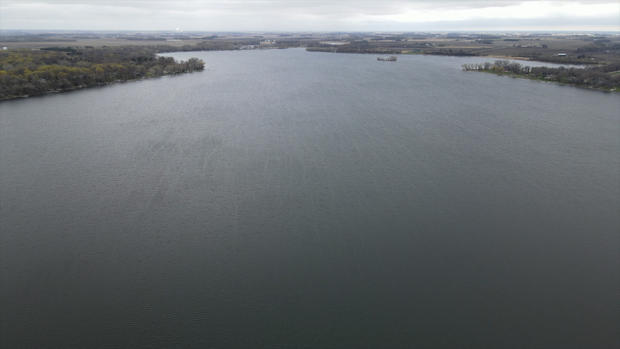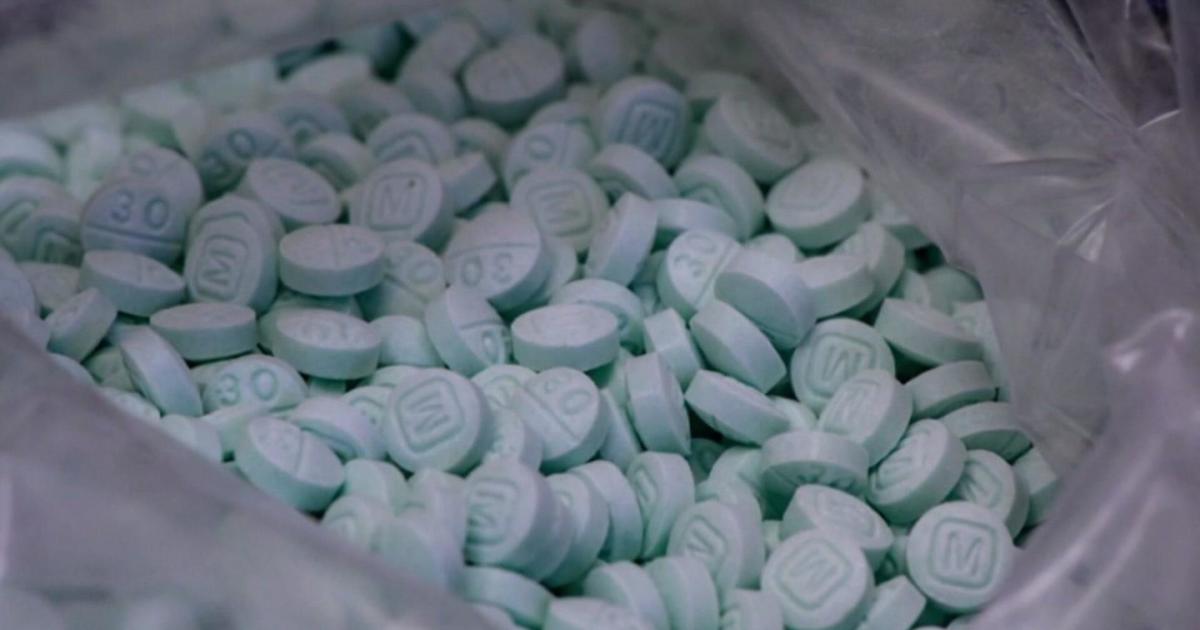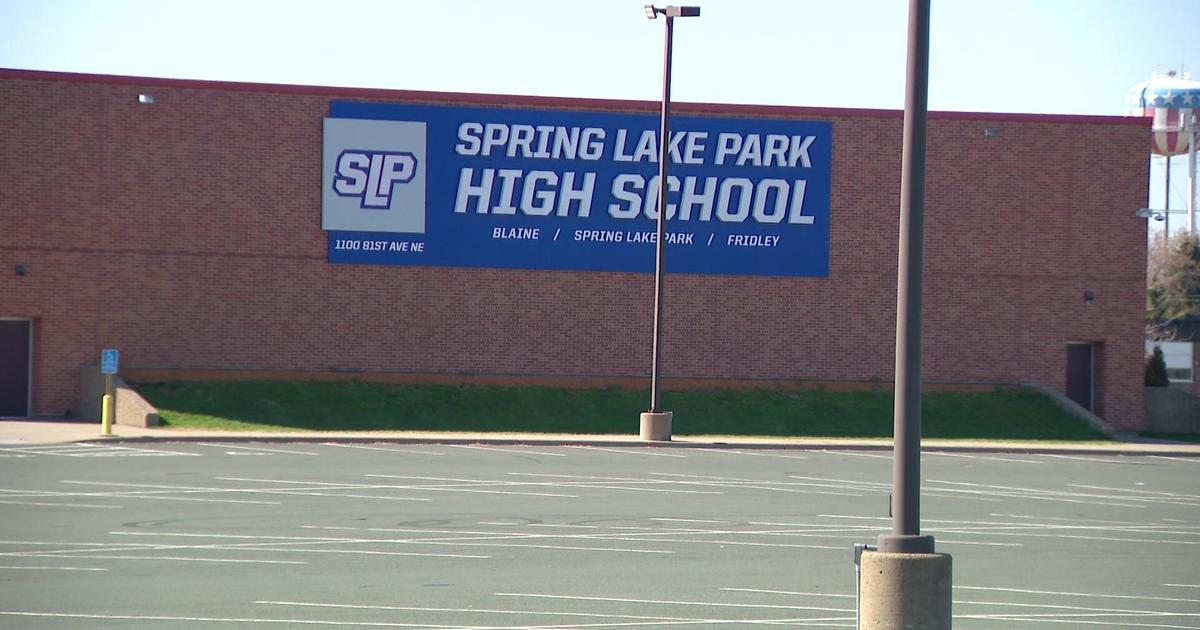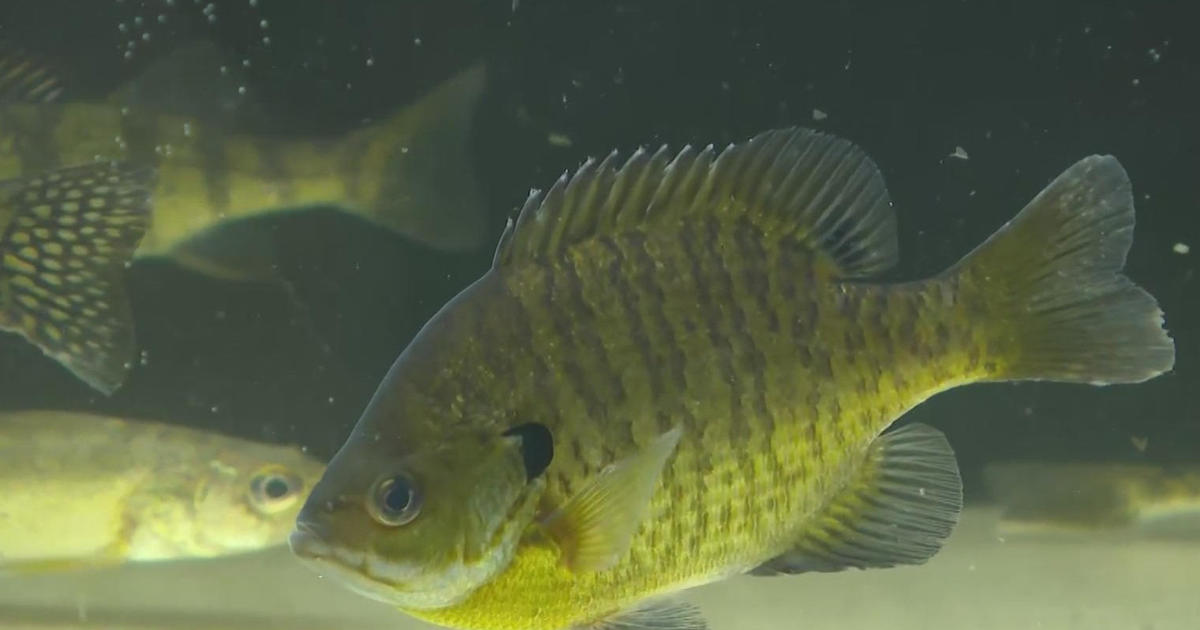'Without It, The City Wouldn't Exist': Community Committed To Improving Water Quality In Madison Lake
MINNEAPOLIS (WCCO) -- It's Earth Day, and climate change and pollution threaten one of our greatest natural resources: Minnesota's 10,000 lakes.
In the Twin Cities alone, the Minnesota Pollution Control Agency says 50% of lakes do not meet water quality standards for recreation.
As WCCO discovered, the farther south you travel, the more lakes there are with poor or impaired health. In our "Eye on Earth" series, WCCO's Jennifer Mayerle takes a look at vibrant Madison Lake, and how it's vital to the town bearing its name.
Approach the city of Madison Lake near Mankato, and one thing becomes clear.
"We have a beautiful lake here, Madison Lake, without it the city probably wouldn't exist," city administrator Jeff Shoobridge said.
With a population hovering around a thousand, the lake is the draw says Shoobridge. For recreation: swimming, boating, fishing.
"It's the core of what draws people to the region," Shoobridge said.
Business is tied to the medium-sized lake too. It's one of the most popular in the south central region of the state, also known for its walleye population.
Nate Greene owns Corner Bait Shop: a one-stop shop for all things fishing.
"About the only thing that we don't offer is any type of a guarantee for catching fish," Greene said.
Beyond bait, they offer a guide service, and boat repairs for anglers. He's serious about checking for invasive species, and respecting the lake, aware the health of it can directly impact the community's livelihood.
"Instill into them, letting them know that, hey, if you're out there, whatever you bring out there with you needs to come back with you," Greene said.
In 2010, the Minnesota Pollution Control Agency listed the lake as impaired for recreational use. A reassessment 10 years later confirmed earlier findings: phosphorus levels are too high to meet the standard for activities like swimming.
Phosphorus levels that fuel algae and chlorophyll can be higher in wetter years. MPCA notes the water clarity is generally poor, but data shows it's been relatively stable for 40 years. And the deep water remains a diverse and healthy fishery.
Madison Lake is part of the Le Sueur Watershed, with more than 11,000 acres draining into the lake.
"Lakes in southern Minnesota have some problems with phosphates, with pollution. A lot of it is you can't do anything about it," Shoobridge said.
But the community so connected to the lake is aware the DNR and MPCA are actively tracking the water quality to figure out what can be done to improve it. Like better controlling invasive species, fixing malfunctioning septic systems, and reducing cropland runoff.
"People want to enjoy a lake that is clear," Shelly Sabatka, owner of The Landing on Madison said.
The Landing is a bar and restaurant, combined with vacation and boat rentals.
"We do three-fourths of our business from May until September. The quality is absolutely important to us so that people can enjoy their time out here," Sabatka said.
The DNR says Madison Lake faces many of the nutrient loading and watershed development issues that affect a large number of lakes in southern Minnesota. And the community is committed to its future.
"The goal is to make sure that the lake is available for everyone for generations," Shoobridge said.
Madison Lake is part of a long-term, DNR monitoring program to detect and understand the changes occurring in our lakes. You can check the state of our lakes, and what's in lakes and streams near you.




